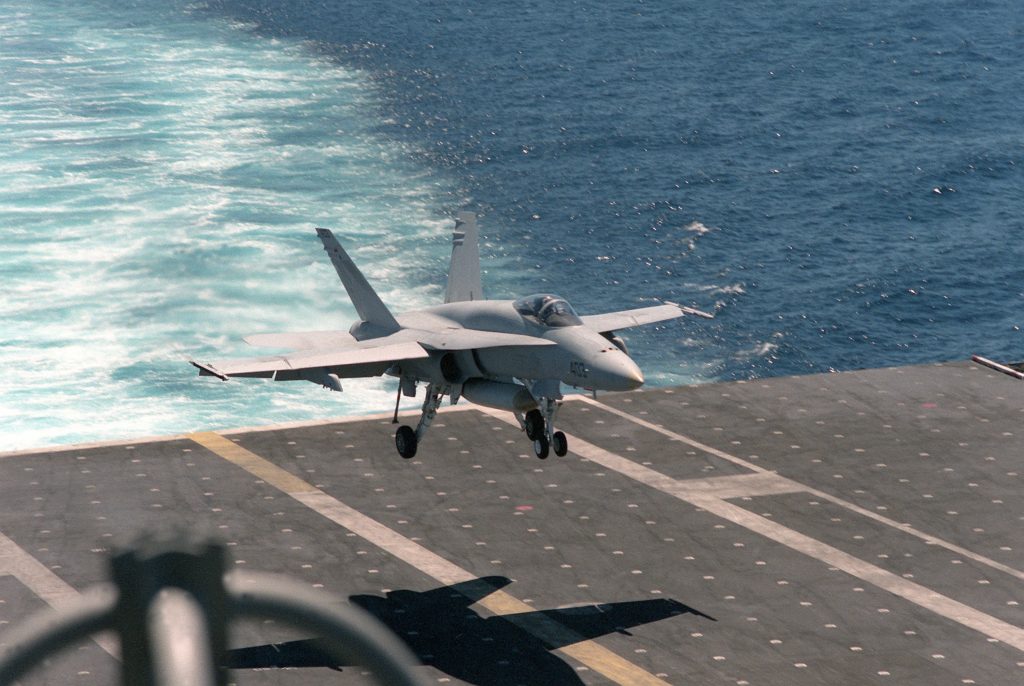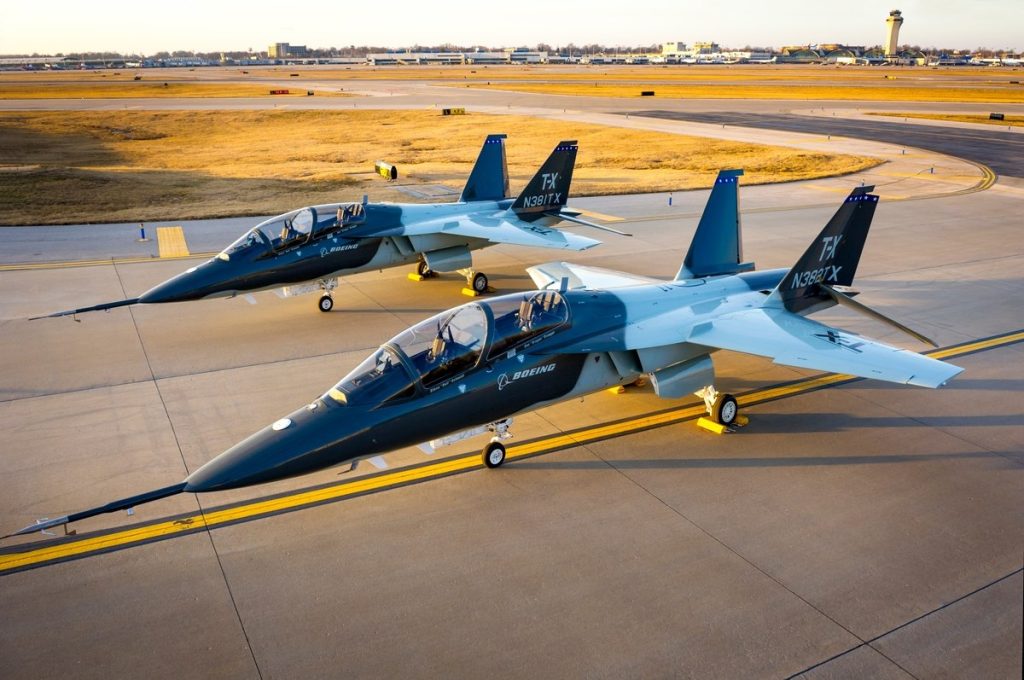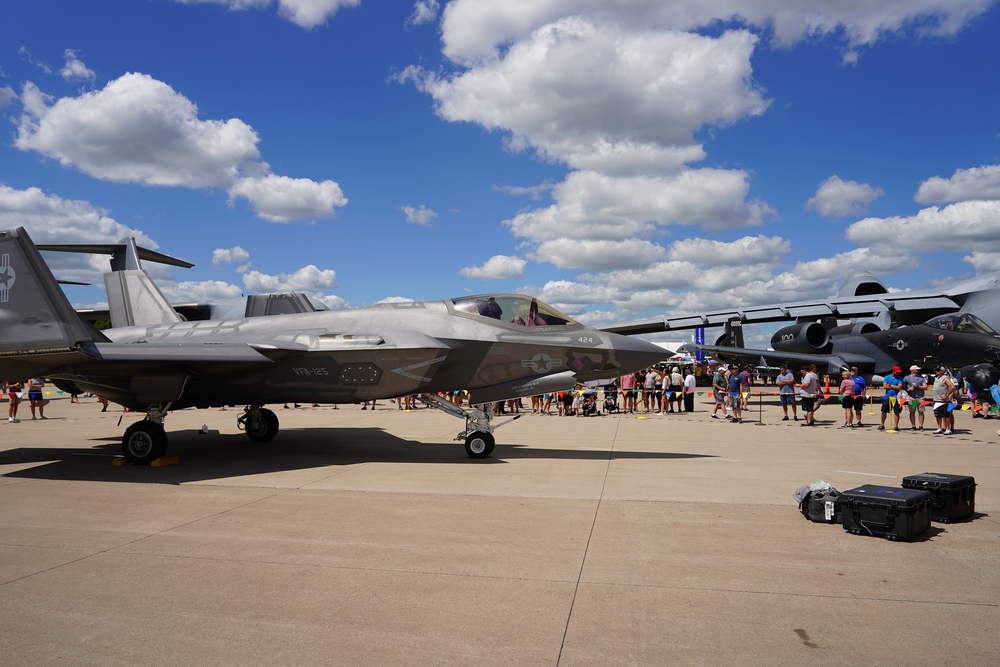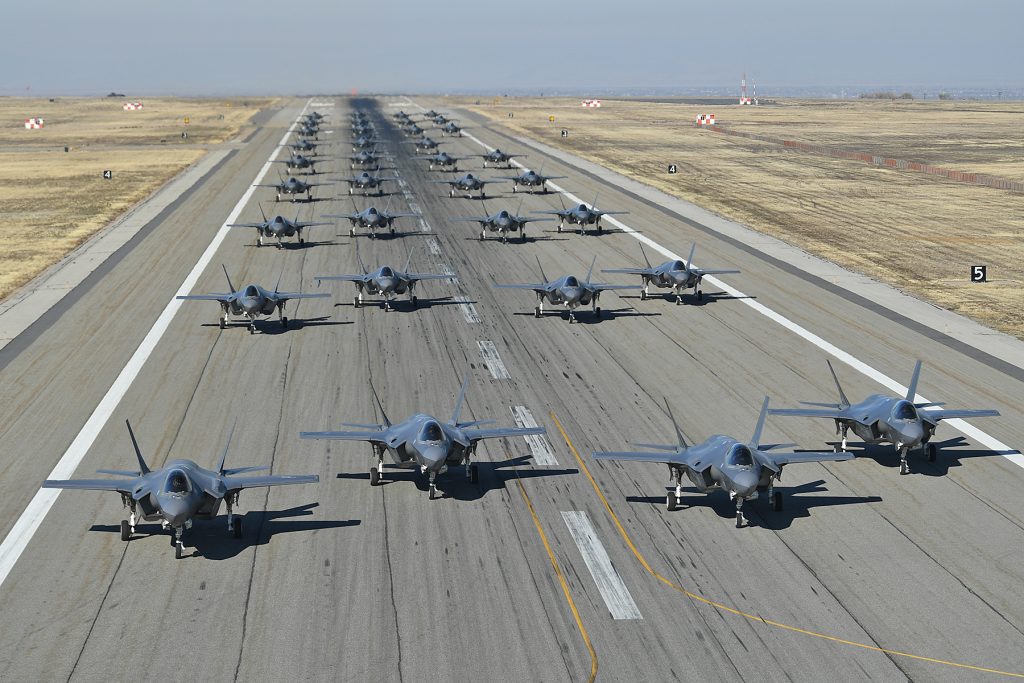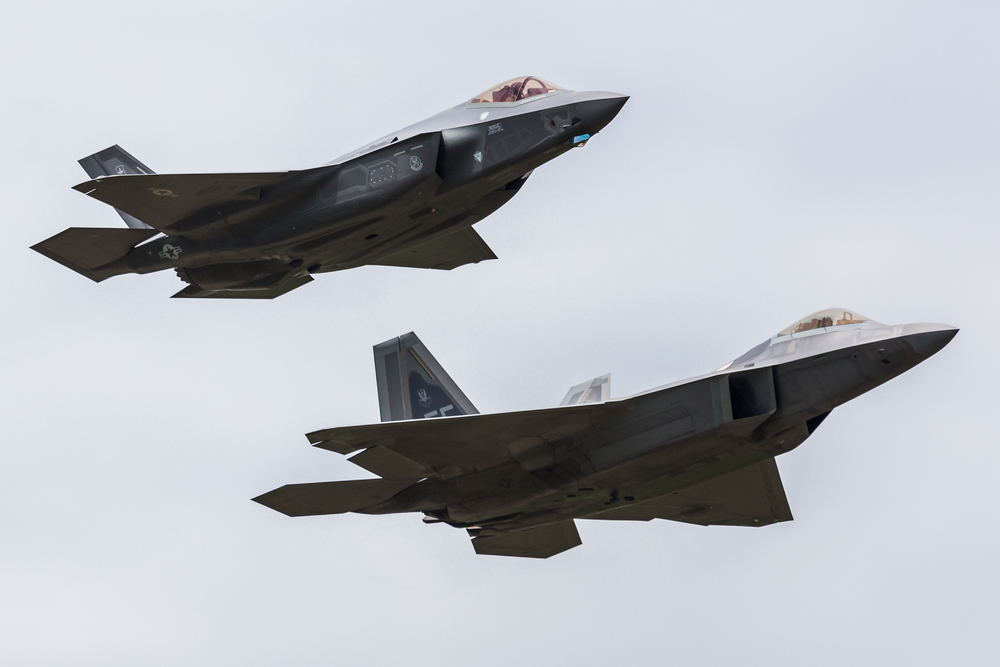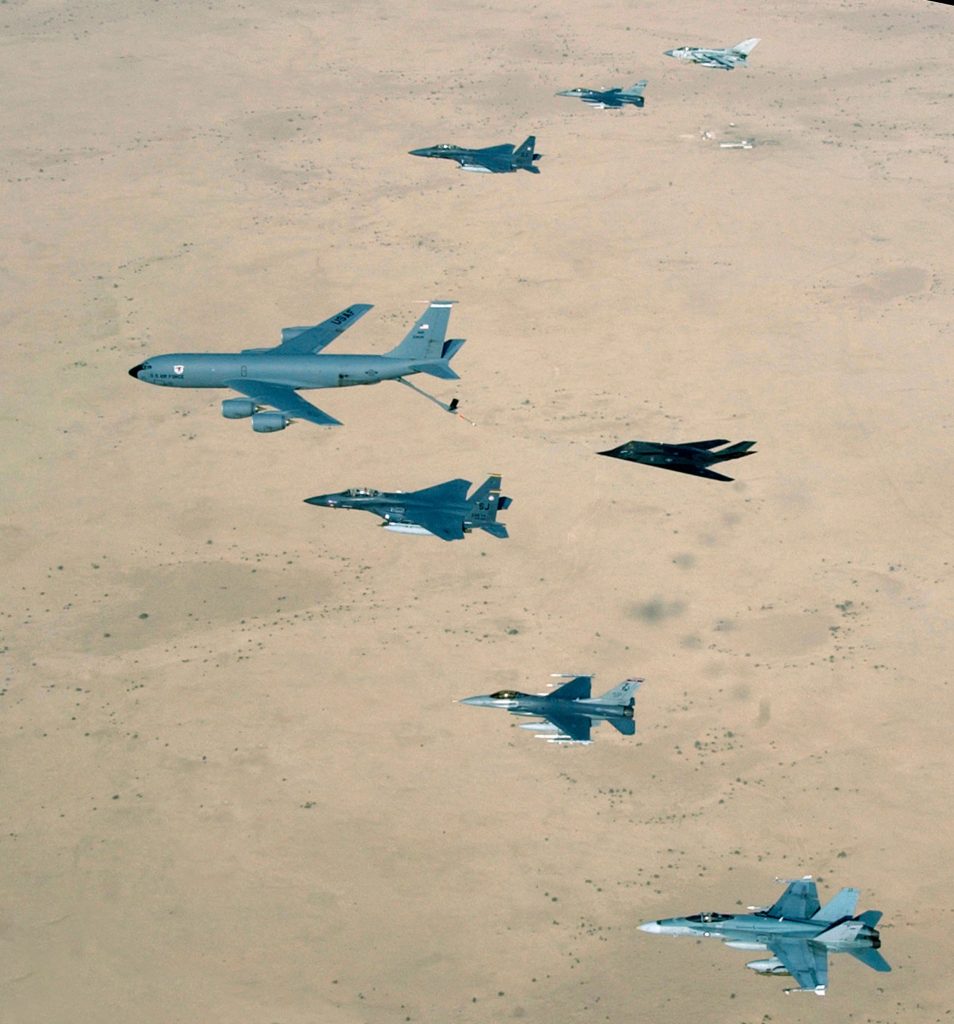
After over two decades of robust service, the Boeing F/A-18E/F Super Hornet, a mainstay of U.S. Navy airpower, is slated for a final production run, with the line closing in 2025. This decision comes as the Super Hornet, once the Navy’s principal carrier-based fighter, faces reduced demand and increased competition from newer aircraft like the F-35.
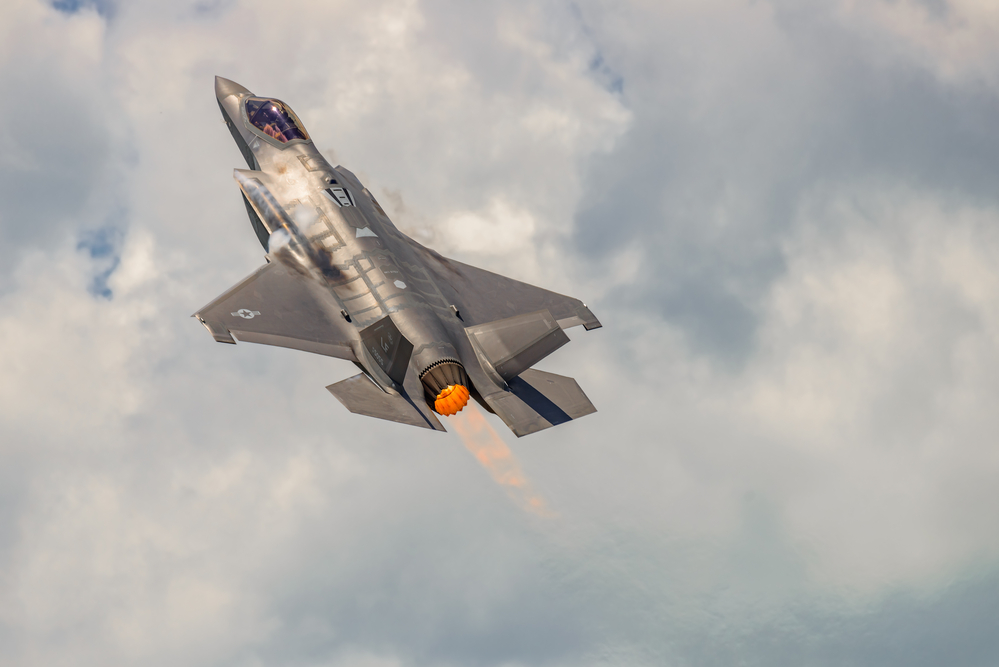
The Super Hornet, a more advanced and larger variant of the original F/A-18C Hornet, made its first flight in 1999 and quickly became known for its versatility. The aircraft excelled in air-to-air combat, precision strikes, electronic warfare, and reconnaissance roles. Its most recent Block III variant, introduced in 2021, significantly improved its capabilities, boasting enhanced range, payload, and networking abilities.
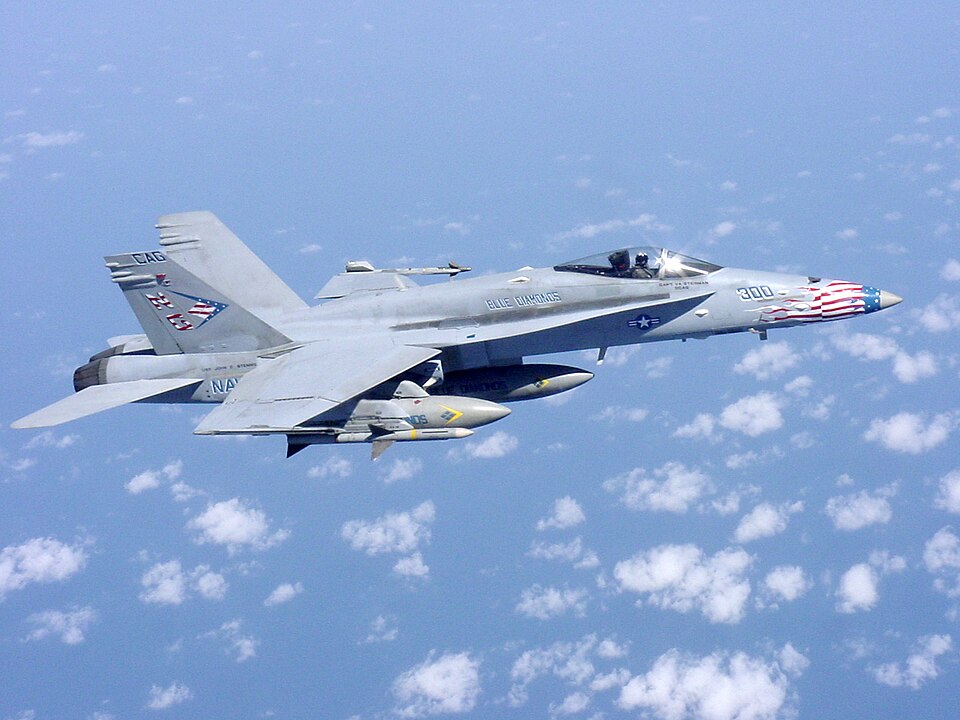
Despite its successful tenure, Boeing has confirmed it will not accept any U.S. orders beyond the eight aircraft Congress added to the fiscal 2023 budget. This decision punctuates a tumultuous period for the aircraft’s production, which saw varying demand influenced by budgetary constraints and evolving military priorities.
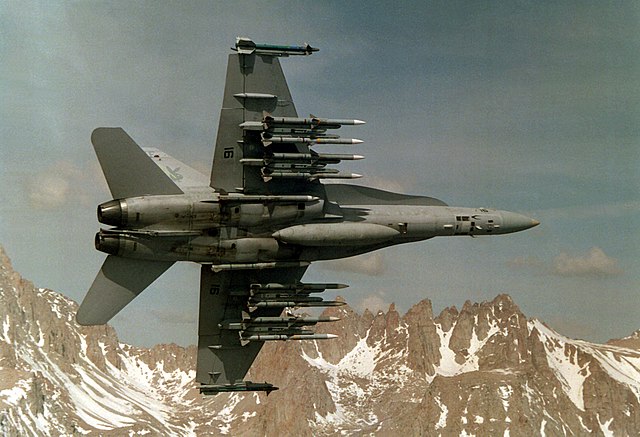
The eight Super Hornets allocated in the latest budget will be the final American-built Super Hornets, concluding the Navy’s acquisition of a fleet that totals 698 aircraft over thirty years. However, the legacy of the Super Hornet may extend slightly if India opts to procure the jet for its navy, potentially delaying the production line’s closure to 2027.

Boeing’s strategic “pivot” will reassign resources and staff from the Super Hornet line to other projects. Investments include a $1 billion commitment to new facilities in St. Louis designed for advanced crewed and uncrewed platforms. The workforce will also focus on increasing production for the T-7A Red Hawk, the F-15EX Eagle II, and the MQ-25 Stingray unmanned tanker drone.
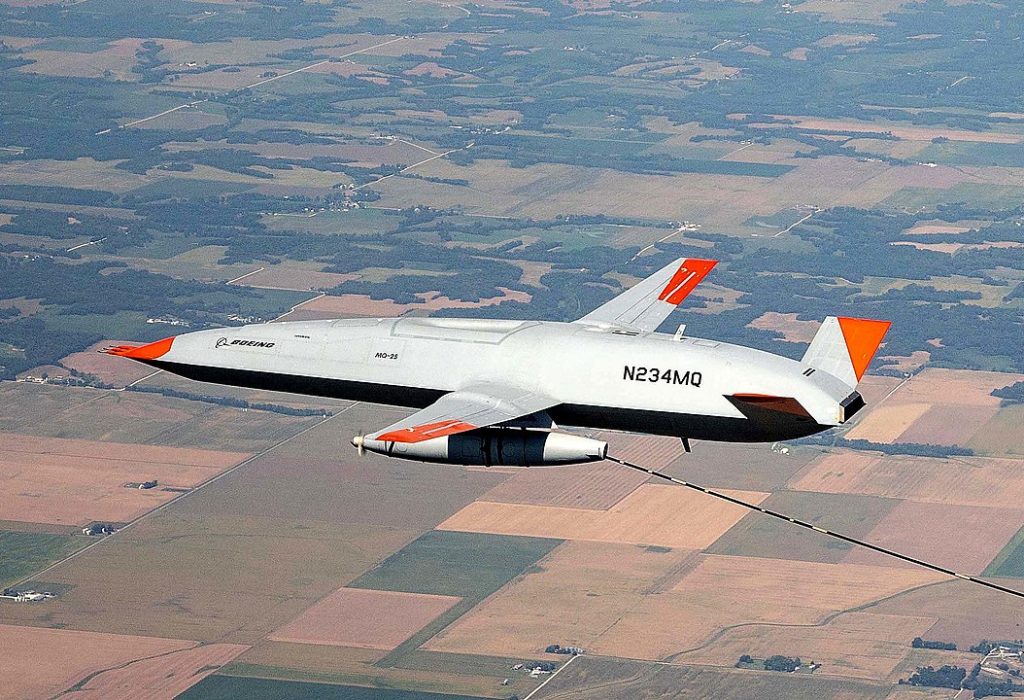
While new-build Super Hornets will become a thing of the past, Boeing will continue servicing the fleet. The Service Life Modification program is set to expand the aircraft’s life by an estimated 4,000 flight hours and upgrade them with Block III features. Similarly, the EA-18G Growler, an electronic warfare variant of the Super Hornet, will continue receiving updates. These initiatives will ensure the existing fleet remains relevant and combat-ready into the 2030s.
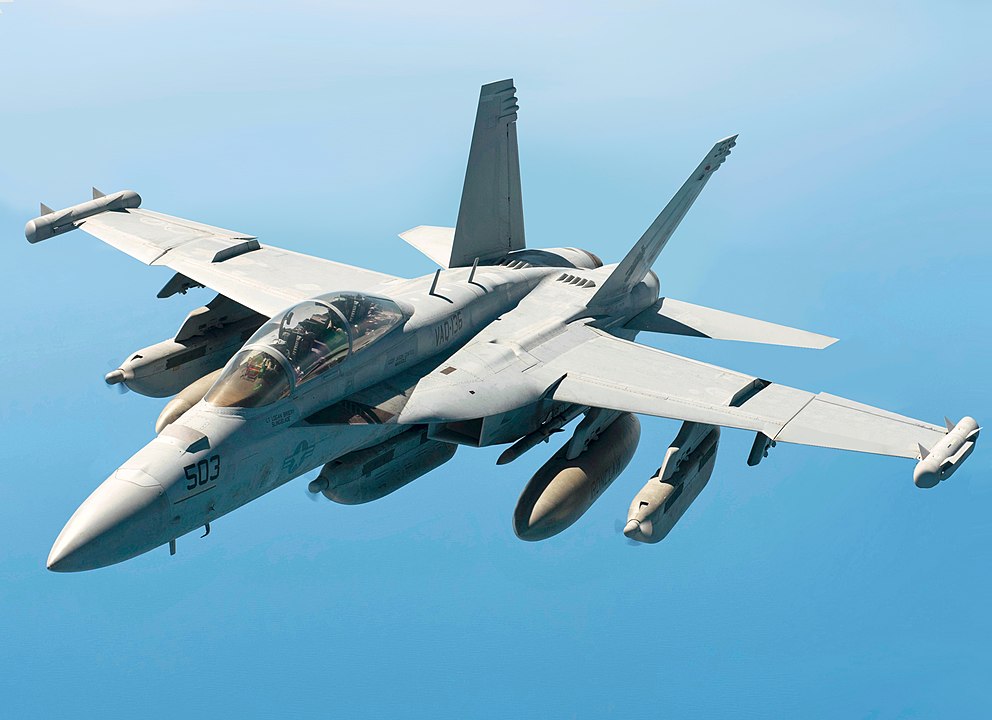
The sunsetting of Super Hornet production aligns with the Navy’s forward-looking approach, focusing resources on the Next Generation Air Dominance program, which foresees a family of manned and unmanned systems, including a new F/A-XX fighter.

While the cessation of the Super Hornet production marks the end of a significant chapter in naval aviation, the aircraft will continue to fly with the U.S. Navy, Royal Australian Air Force, and Kuwait Air Force. The Blue Angels, the Navy’s flight demonstration squadron, will also continue showcasing the Super Hornet, ensuring its iconic status for years to come.
related images you might be interested.
